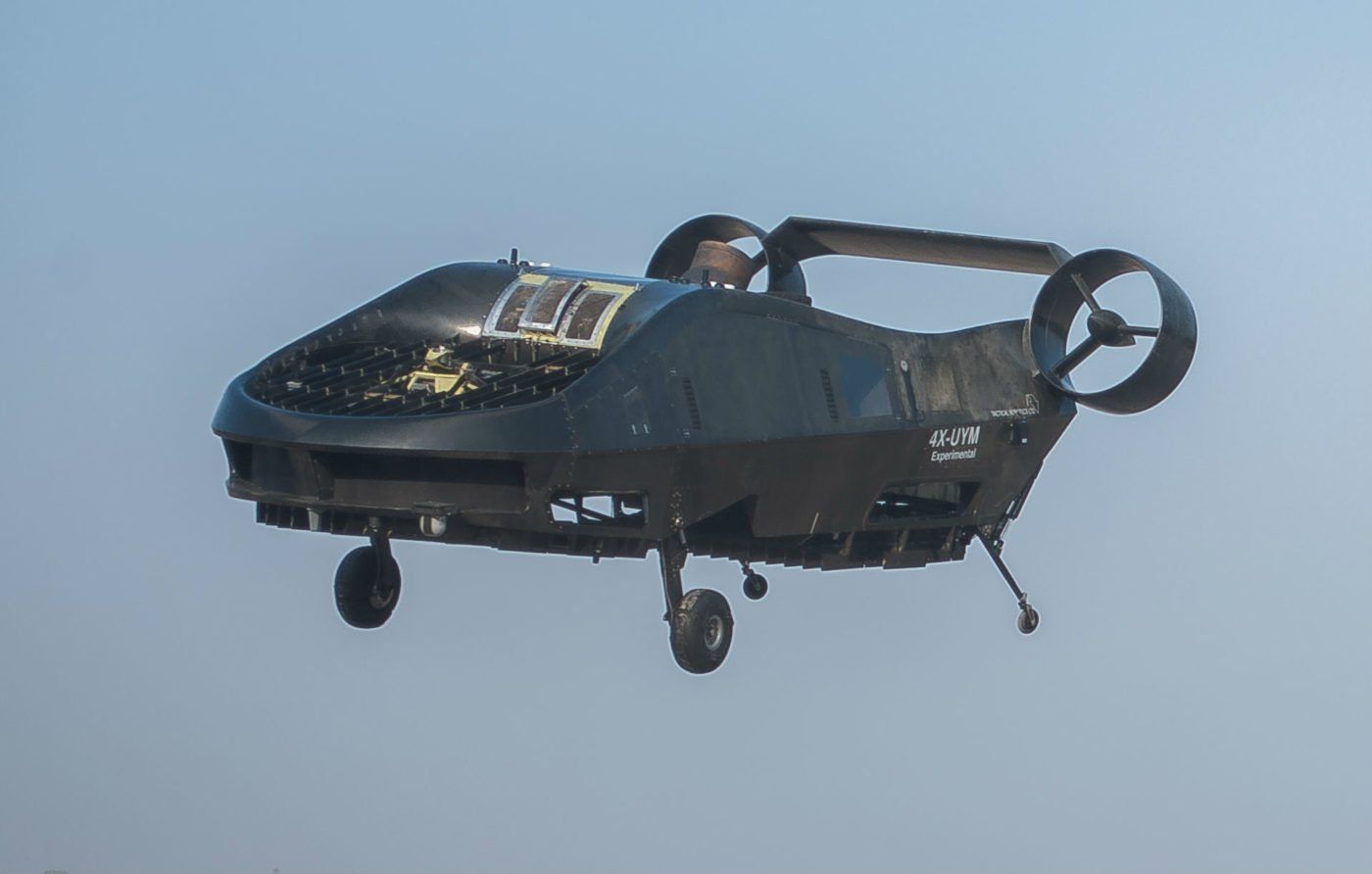
Category: innovation – Page 218

This Innovative Technology Harvests Water from Cooling Towers
Water-scarce cities could get a new source of the precious resource through a simple and cost-effective technology.
Breakthrough in search for Martian life as Curiosity finds organic matter and seasonal methane
What did they find out?
NASA’s Curiosity rover has uncovered the best evidence yet that life may have once existed on Mars.
In two separate studies on data collected by the Mars rover over the last few years, scientists identified an abundant source of organic matter in an ancient lakebed, and traced some of the planet’s atmospheric methane to its roots.
The groundbreaking results will help to guide the search for microbial life and improve our understanding of seasonal processes on Mars.

Heart disease stem cell therapy can shrink deadly scar tissue
A breakthrough stem cell treatment that promises the first effective cure for heart disease will be offered to British patients this year, The Sunday Telegraph can reveal.
Hundreds of thousands stand to benefit after regulators approved a major trial of the regenerative drug capable of shrinking fatal scar tissue which follows a heart attack.
The “off-the-shelf” therapy, which can be harvested for thousands of recipients from one healthy donor, will begin being administered to patients at London’s Royal Brompton Hospital in November.

Can You Actually Hack Your DNA to Slow Down Aging? — Bioquark Inc. — Ira Pastor
http://www.thepathmag.com/can-you-actually-hack-your-dna-to-slow-down-aging/
Many technologies / interventions progressing down the development pathways in the coming years — but there are a lot of free, common sense adjustments you can make today:
Prostate cancer breakthrough as new drug keeps men with previously ‘untreatable’ cases alive
M en with previously “untreatable” prostate cancer are being kept alive by a new drug in what experts believe may be a breakthrough for patients with the worst form of the disease.
A British trial has for the first time shown that state-of-the art immunotherapy can be used to target prostate tumours.
The study at the Royal Marsden Hospital in London found more than a third of men who had run out of existing options were still alive and one in ten had not seen their tumours grow after a year of taking Pembrolizumab, which targets a gateway helps the immune system to attack cancer cells.

Europe’s science spending set for another big boost
Next week’s proposals are unlikely to contain major surprises, because the commission has unveiled its main ideas over the past months, in particular its overall 7-year budget plan, issued on 2 May. Although Horizon Europe will keep Horizon 2020’s main features, the commission has laid the groundwork for several novelties, including a new agency to tackle the continent’s perennial innovation problem and a big, separate push on collaborative defense research. But contentious negotiations lie ahead. The United Kingdom is negotiating the terms of its impending exit from the European Union, and some member states want to tighten budgets. Meanwhile, research advocates want more generous spending, noting the low application success rates in Horizon 2020—a frustrating 11.9% so far.
Commission seeks €97.6 billion for “Horizon Europe”.


DeepMind’s AI taught itself to navigate like a mammal
DeepMind’s latest breakthrough could change our understanding of both AI and the way mammal’s brains work. A spontaneous development in the company’s neural network could solve neuron-based mystery.